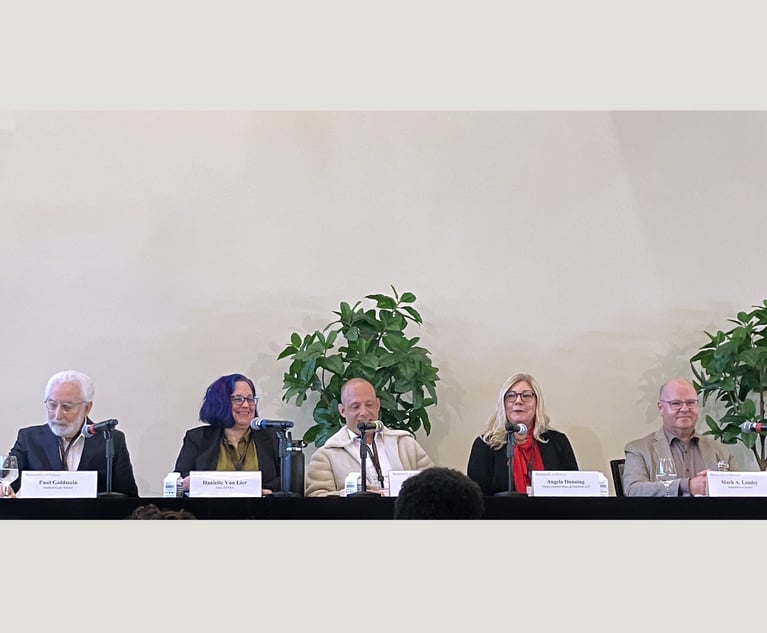As the demand for e-discovery grows, so too does the challenge of collecting and preserving digital information—including unstructured and structured data. Unstructured data, such as Word documents, emails and text files are usually straightforward to collect, especially with the use of an e-discovery team that can review, search and process documents in a manner that is repeatable and defensible in court.
However, structured data, such as a CRM database or data stored in proprietary software, can be much more complicated and can derail the e-discovery process if not managed carefully. For starters, there is often an enormous amount of data to sift through and it may be difficult to determine what data is relevant, how to best preserve and produce the data, or how to even go about viewing the data found in these structured formats!







